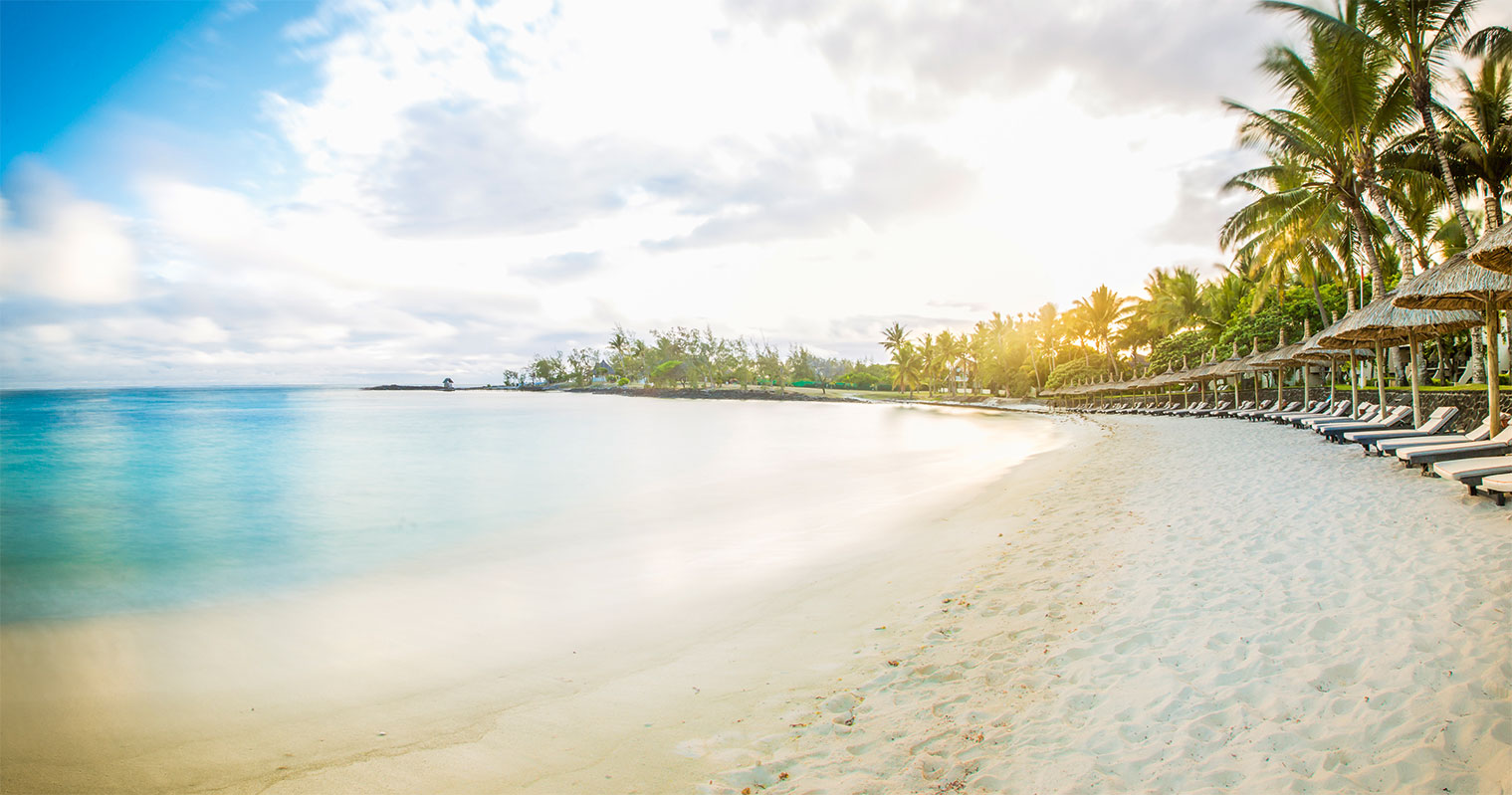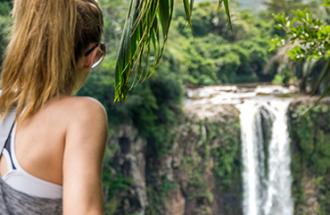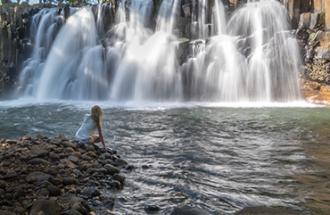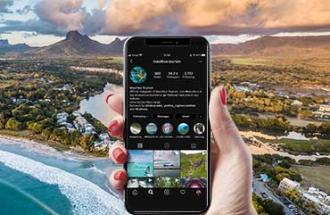The East
The East
The eastern region of Mauritius features large stretches of sandy beaches. This part of the island is also the windiest, with a pleasant soft breeze in summer and becomes cooler in winter, beaten by the south-east winds. The beautiful beach of Belle-Mare, the longest of the island, Bras d'Eau forest, golf courses and Ile aux Cerfs, among others, are some of the attractions in this region to discover during your holidays in Mauritius.
Beaches
Belle Mare, Palmar, Trou d'Eau Douce, Poste Lafayette and Roches Noires are the beaches to see when you visit the region. With their beautiful stretches of fine sand and crystal clear waters, some which are more open to the elements than others, each of the beaches of the East is worth a visit; you will enjoy the peace and nature in all its splendour; relax and let yourself go with your feet in the sand. On weekends, when the weather is sunny, these beaches are packed with Mauritian families enjoying a picnic and spending time together. It is the perfect moment to meet the locals and share their culture.
Ile aux Cerfs
Ile au Cerfs is the most popular tourist destination in Mauritius. It is the cliché of the tropical paradise island with its gorgeous sandy beaches, turquoise waters and coconut trees… an invitation to unwind! The island also features an 18-hole golf course and restaurants. How to get to Ile aux Cerfs? You have several options: there is a regular shuttle boat from Pointe Maurice next to Shangri-La’s Le Touessrok hotel, at Trou d'Eau Douce landing station, there are many operators that will offer you the service, or you can organise a catamaran trip from the south-east or Trou d'Eau Douce to discover the coast from the sea, stop over at Grand River South-East to admire its majestic waterfalls, take a swim there, and end the day at Ile aux Cerfs. The trip to Ile aux Cerfs is a must during your stay in Mauritius.
Flacq
Flacq is also a place of interest in the east. It is a large village buzzing with life, it is very representative of the Mauritian population and its liveliness. Flacq being a cultural melting pot, you will love walking in the streets, especially on a market day. Let yourself be guided by the different scents and colours of the stalls, enjoy the vivid chatter of the sellers and taste the exotic flavours that will surprise you; this is another way of getting immersed in the local culture.
Activities
There are several activities for nature lovers in the East. At Ile d'Ambre, you can go kayaking through the mangrove, in the preserved lagoon, accompanied by guides. Local operators also offer boat trips that include the meal, a visit to the ruins and a walk in the forest.
At Belle Mare beach, water activities are also available for those who want to remain active, such as parasailing or banana ride.
Inland, the region of Roches Noires abounds with volcanic caves that can be visited, preferably with a guide. A little further, at Pont Bon Dieu, you can also get into a natural volcanic cave of 15 meters high and 20 meters wide. The cave houses a colony of swifts that nest there, their flights are a real aerial choreography. The surrounding forests and sugar cane fields are the privileged habitat for the macaque monkeys who will certainly be curious enough to come close to the visitors.
Bras d'Eau, a small coastal village with very few inhabitants, next to Poste La Fayette is very interesting for its forest, a nature reserve, a few minutes from the beach. Bras d'Eau National Park is easily accessed from the main road. You will start your hike from the information centre and, if you are lucky, you may come across the Paradise Flycatcher, a small endemic colourful bird that likes to play hard to get!
After your hike, you can stop over at the beach of Bras d'Eau, a small but very pleasant beach, in the shade of the big mangroves, and trigger a conversation with the fishermen and other people hanging out there.
Further south-east on the seafront, you will reach Pointe du Diable, also known as Pointe Canon, with its series of guns pointing towards the sea. It was a French defence base set up to protect the coast from English invaders. The site is said to take its name, literally “Devil’s Point”, from the fact that the navigators’ compass indicators rotated in all directions when they arrived in this place, but in reality, this was due to the magnetic field of the mountain nearby.




